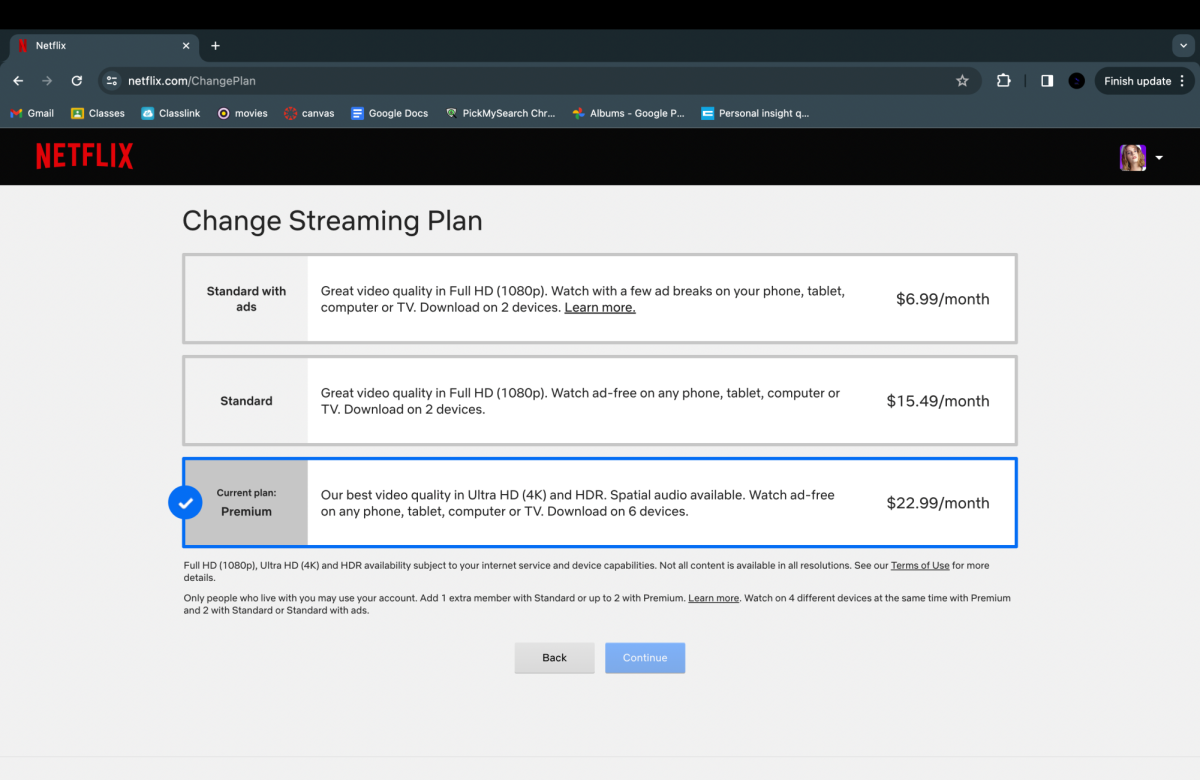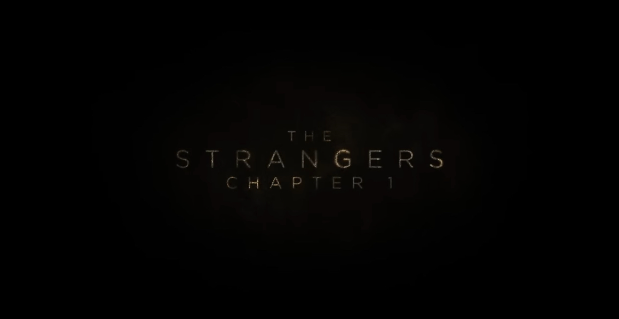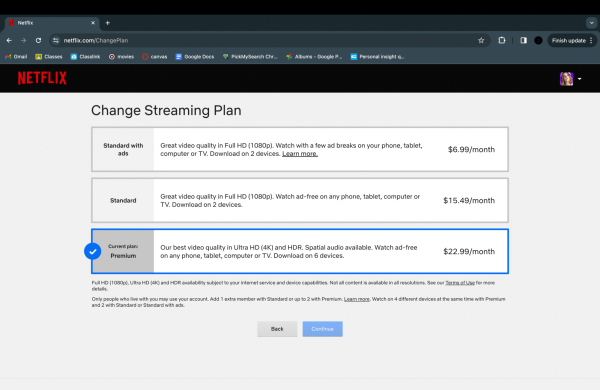The Netflix Effect
Three out of the other hundreds of shows Netflix has cancelled.
April 26, 2023
Another day, another cancellation or at least, that’s how it’s starting to feel when it comes to Netflix. Having culled the likes of Sense8, The OA, Santa Clarita Diet and Altered Carbon in recent years, all after two or three seasons and often leaving viewers on major cliffhangers, the streaming service has turned its blood-lust on to Glow, which had already started filming its fourth season before the pandemic hit, and The Dark Crystal: Age of Resistance. Since Netflix doesn’t always disclose the details of why a popular new show was canceled, viewers must somehow come to terms with the network’s unpredictability and continue watching the current programming. Fans can binge-watch a number of excellent one-season TV programs in a single day on Netflix, but don’t hold out hope for a second season because the streaming giant has already terminated it.
It has also been widely reported that Netflix chiefly looks at viewership at seven and 28 days after a series launches, breaking viewers into three categories: starters, who watch the first episode; completers, who finish a show in its launch window; and watchers, a measure of all subscribers who watch a show. The more who finish a season within the first 28 days, the higher Netflix regards the show, it seems. The problem with this approach is not everyone wants, or is able, to binge a show the moment it drops. Whether by personal preference, an intention to savor episodes rather than gorge on them like a cheap buffet, or by necessity, even in lock-down, not everyone is able to vegetate in front of an endless stream of content, there are plenty of reasons why subscribers may not devour a show on day one.
The streaming giant has canceled many of its “Netflix Originals” including “1899”, “Warrior Nun”, “Inside Job”, and “First Kill”. This comes right after the service reportedly lost subscribers for the first time in its history, in Apr. of 2022. While cancellation is par for the course of streaming services, the sheer number of canceled shows on the platform has many viewers upset. “A lot of shows I like have gotten canceled like “I Am Not Okay with This” and “Everything Sucks,” says PEACE senior Malaika Phiri. “They canceled “Inside Job,” says SEGA senior Manuel Franco. “I’m still mad about that.” This, combined with Netflix increasing the cost for all subscription tiers, has caused controversy among users with some going as far as to cancel their subscriptions. There’s also the impact these cancellations have on Netflix’s back catalog to consider. A show with a defined conclusion can draw audiences for years to come, just look at the frenzy when Netflix secured the rights to Friends, but who’s going to bother wasting their time on Glow now, knowing its multi-season plot threads will never be resolved?
Many have taken to social media to voice their concerns. On Jan. 18 “Netflix correct your mistake” took over the Twitter Trending Tab after a 2017 tweet saying, “We don’t like leaving a story unfinished” from the official Netflix account resurfaced. “What’s the point of watching Netflix original series if they’re canceling them after the first season?” wrote Twitter user @Reimaku95. As of Jan. 18, their tweet has garnered over 7,000 likes and 180 retweets. For years Netflix was accused of being too lenient to shows that were underwhelming viewers, how else to explain three seasons of Hemlock Grove and its chief content officer, Ted Sarandos, even said in 2017: “If you’re not failing, maybe you’re not trying hard enough.” Now the pendulum has swung too far the other way, and shows are being culled with no chance to grow or develop an audience. If Netflix doesn’t start taking more risks again, gambling on that second or third season of an original series and allowing word of mouth to grow, it may find that viewers switch off all together and take their subscriptions with them.










